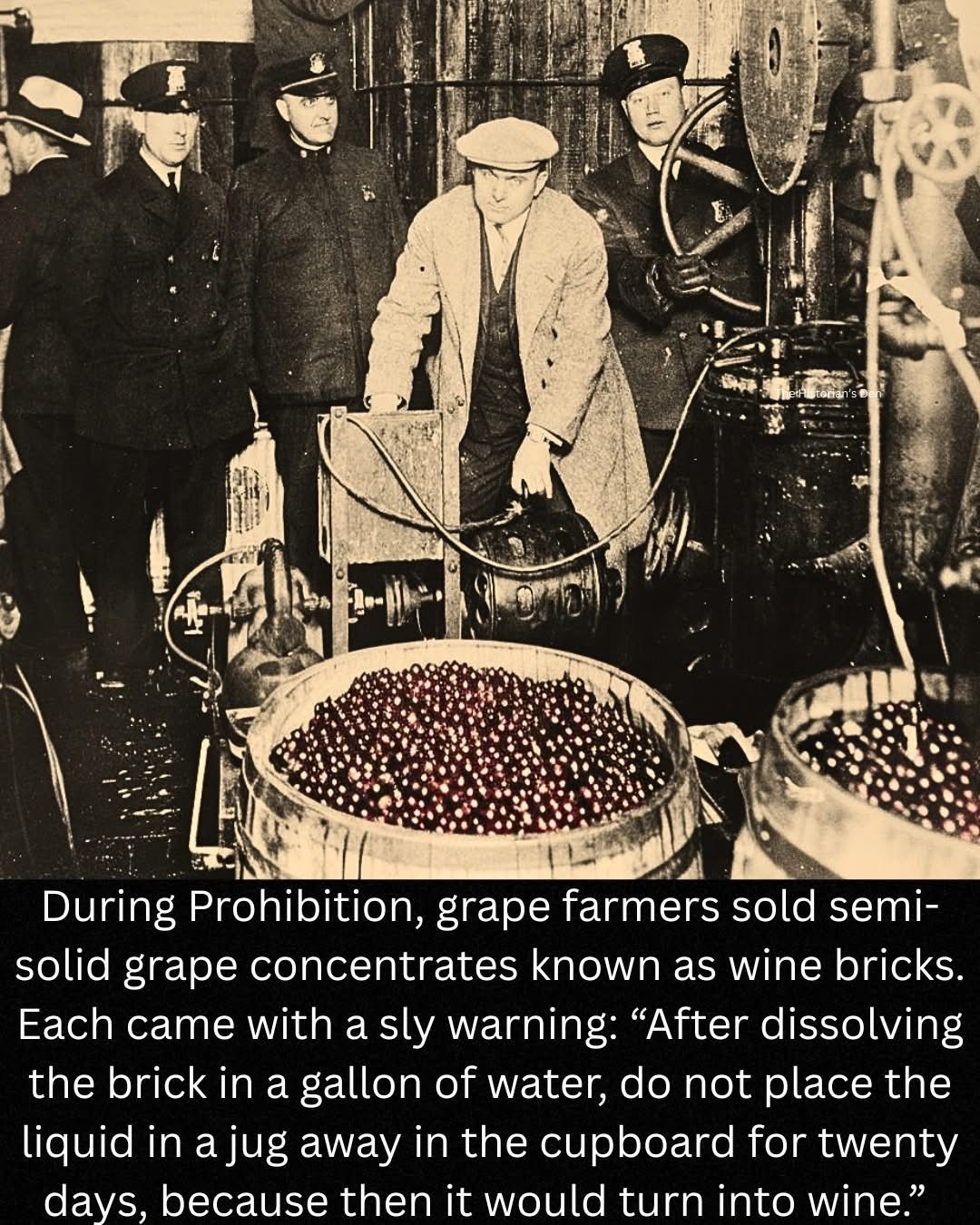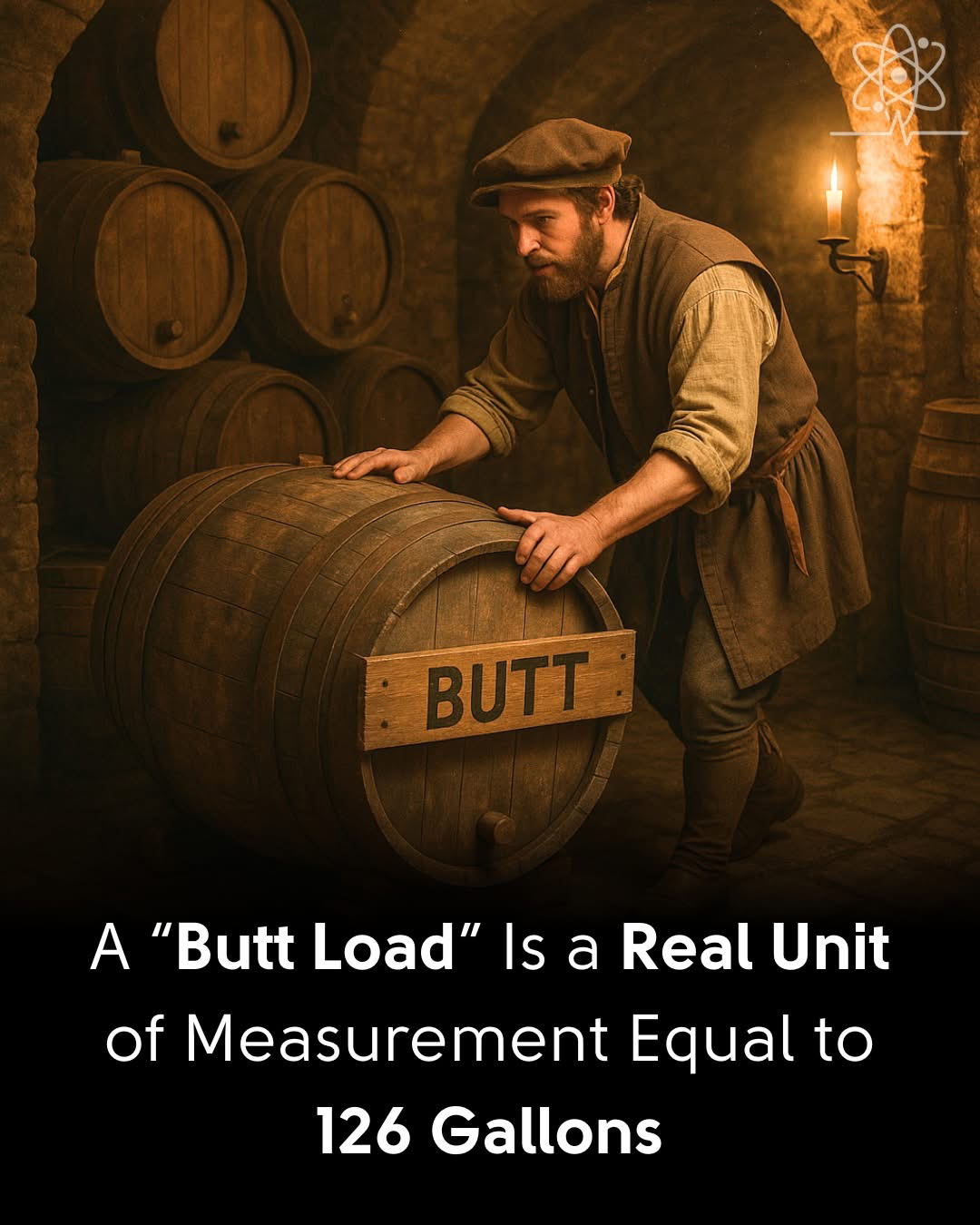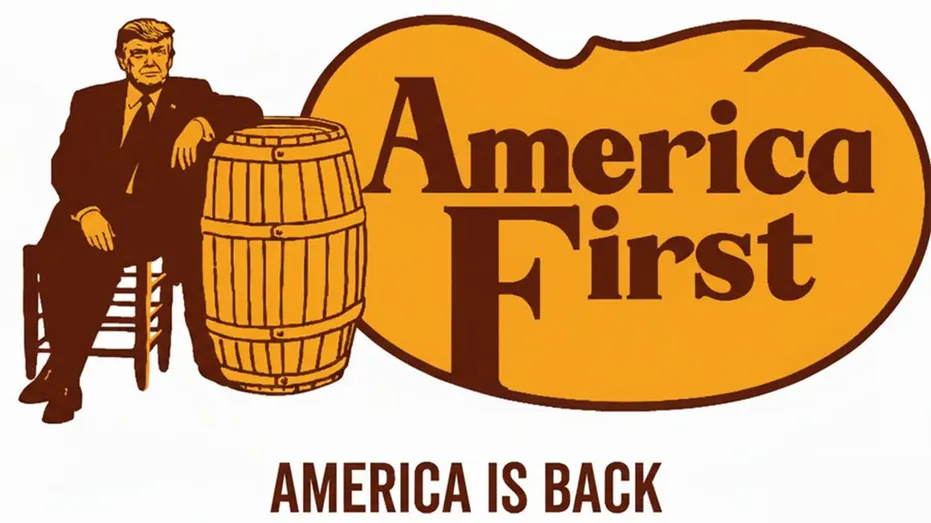Mildly interesting
-
During Prohibition, grape farmers found a clever way to stay in business by producing semi-solid grape concentrates known as “wine bricks.” These bricks were technically legal, intended for juice-making, but came with a tongue-in-cheek warning label that hinted at their true potential. The label read: “After dissolving the brick in a gallon of water, do not place the liquid in a jug away in the cupboard for twenty days, because then it would turn into wine.”
This playful disclaimer allowed farmers to skirt the law while giving consumers a wink and nod toward fermentation. Though authorities cracked down on illegal alcohol, wine bricks became a popular loophole, helping Americans quietly continue winemaking at home. It was one of the more creative and humorous workarounds of the Prohibition era.

-
The clearest image of Venus’s surface captured by a lander that melted in less than an hour on the planet.
In March 1982, the Soviet spacecraft Venera 14 touched down on Venus and became one of only a handful of probes to send back images from its surface. The lander survived for just 57 minutes in conditions of about 465°C (869°F) and atmospheric pressures more than 90 times that of Earth.
During that time, it transmitted panoramic photos of a harsh, rock-strewn plain under the planet’s dense orange-tinted sky. Like its twin, Venera 13, which had landed just days earlier, Venera 14 also carried instruments that confirmed the volcanic nature of Venus’s surface.
No spacecraft since has sent back photos from the surface, so these are the last close-up views we have of Venus’s ground. Modern missions orbit or fly by, but nothing has touched down since.
@Mik said in Mildly interesting:
The clearest image of Venus’s surface captured by a lander that melted in less than an hour on the planet.
That is very neat!
-
You can tell I’m starting to get a little older when my #1 thought watching that was “I wonder what the draw is on that bow?”
-
You can tell I’m starting to get a little older when my #1 thought watching that was “I wonder what the draw is on that bow?”
@LuFins-Dad yeah, that’s pretty elderly.
-
The word “buttload,” often used colloquially to mean “a large amount,” actually has roots in old English wine measurement systems.
A “butt” was a real unit used to measure large quantities of liquid, especially wine or ale, during medieval times and into the early modern era.
One butt equals two hogsheads, and each hogshead typically holds 63 gallons (in the imperial system), making a butt exactly 126 gallons.
This unit was most commonly used in England and parts of Europe, especially in reference to shipping and storing wine, beer, and other liquids in wooden casks or barrels.
These massive barrels were known as butts (yes, that’s the actual term), and they often appeared in old taverns and ships’ cargo.
Today, the term survives mostly as slang or humor — “a buttload of something” — but it does in fact originate from a formal measurement that once held legal and commercial significance.

-
Don't you use the term water butt over here for a barrel?
-
-
That guy and his hot takes. It can't just be an interesting stat, it's gotta be all the tension in the whole society boiled down into one graphic.
@Horace said in Mildly interesting:
That guy and his hot takes. It can't just be an interesting stat, it's gotta be all the tension in the whole society boiled down into one graphic.
How much tension can there be in a society so rich? Are there proportionately more in poverty now than then? Of course, then you get into defining poverty which is its own can of worms and depends on the result one desires.


